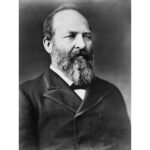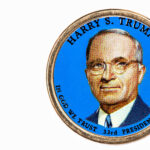Year-round Daylight Saving Time (also known as War Time) was a measure implemented in the United States during World War I and World War II to conserve energy resources. The idea behind this was that extending daylight hours would reduce the need for artificial lighting and heating, thereby conserving energy. On February 9, 1942, President Franklin D. Roosevelt signed the War Time Act, which required all states to adopt year-round Daylight Saving Time.
The transition to War Time was not without its challenges. There was initial confusion and opposition from the public, particularly from farmers who found it difficult to adjust their schedules to the new time. Despite these challenges, the United States successfully transitioned to War Time, and it remained in effect until September 30, 1945, when it was discontinued after the end of the war.
The introduction of War Time was seen as a positive step in conserving energy resources during a time of war. It not only reduced the use of artificial lighting and heating but also allowed people to take advantage of the longer daylight hours for recreational activities. The success of War Time led to the creation of the Uniform Time Act of 1966, which established a standardized time system across the country exempting only states in which the legislators voted to keep the entire state on standard time.
References:




